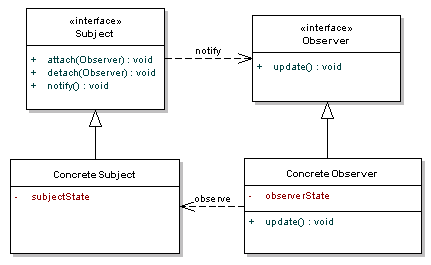Link to Blog: http://it.toolbox.com/blogs/enterprise-solutions/object-oriented-testing-issues-21274
This blog explains the issues of object oriented testing. Craig Borysowich identifies the strategies of object oriented testing, the strategies for selecting test cases, and the levels of testing, which are all involved in analyzing the testing process. In the beginning of his blog, Borysowich states that testing in an object oriented context must address the basics of testing a base class and the code that uses the base class. Factors that affect this testing are inheritance and dynamic binding. Dynamic binding is also known as dynamic dispatch. Since the factors that affect this testing are inheritance and dynamic binding, it brings up the point that some systems are harder to test than others. For example, systems with inheritance of implementation are harder to test than inheritance of interfaces.
Some object oriented testing strategies include white-box and black-box testing. Two assessments that determine the strategies to select test cases include the assessments of “likely faults” and “likely usage.”
“Likely Faults” involve types of tests which are based on practical experiences of areas in which errors are most likely to occur. For example they can occur from certain syntax in a particular programming language or boundaries such as beginning and end conditions. “Likely Usage” involve types of tests that test to exercise the system in the ways that the user of the system will be likely to use the system, or aim to test completely the elements of the system most likely to be used. These strategies apply to structural and behavioral testing.
The levels of testing that object oriented testing undergoes are Unit, Integration, and Acceptance levels. The Unit test is more effective in the overall system than with procedural unit tests. Integration test focuses on interactions among classes. It is recommended that units be integrated in an incremental fashion at a steady rate. Acceptance test ensure that all of the use cases appear in a test.
I chose this blog because I wanted to know what the necessary processes are when it comes to object oriented testing and its pros and cons. Borysowich briefly explains what these processes and steps are when it comes to object oriented testing and how it can involve Unit, Integration, and Acceptance levels of testing. Knowing the two assessments of “likely faults” and “likely usage” helps determine what strategies to use when choosing test cases. Object Oriented testing will be useful to know, especially when it comes to video games. There are games that have implemented object oriented programming, and it is important to understand the issues and solutions when it comes to testing in thwe object oriented environment.
From the blog CS@Worcester – Ricky Phan by Ricky Phan CS Worcester and used with permission of the author. All other rights reserved by the author.



